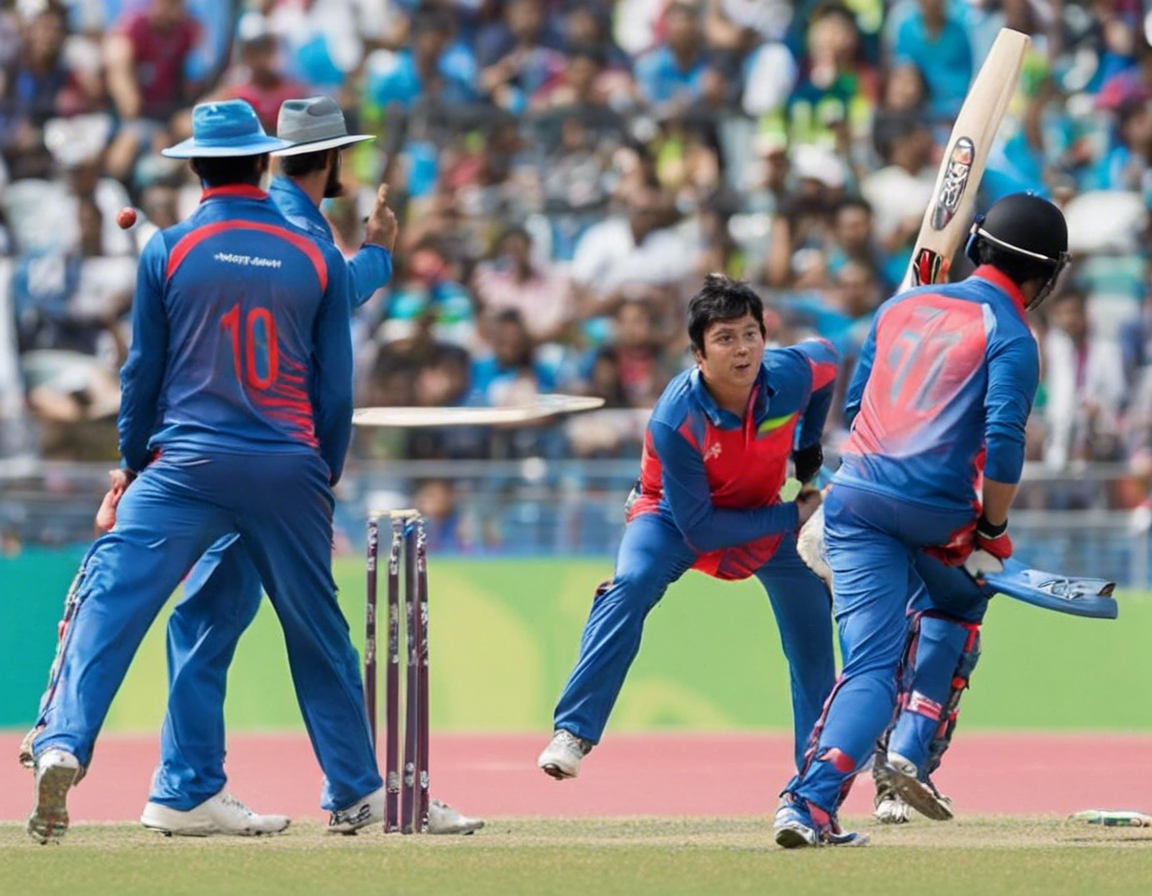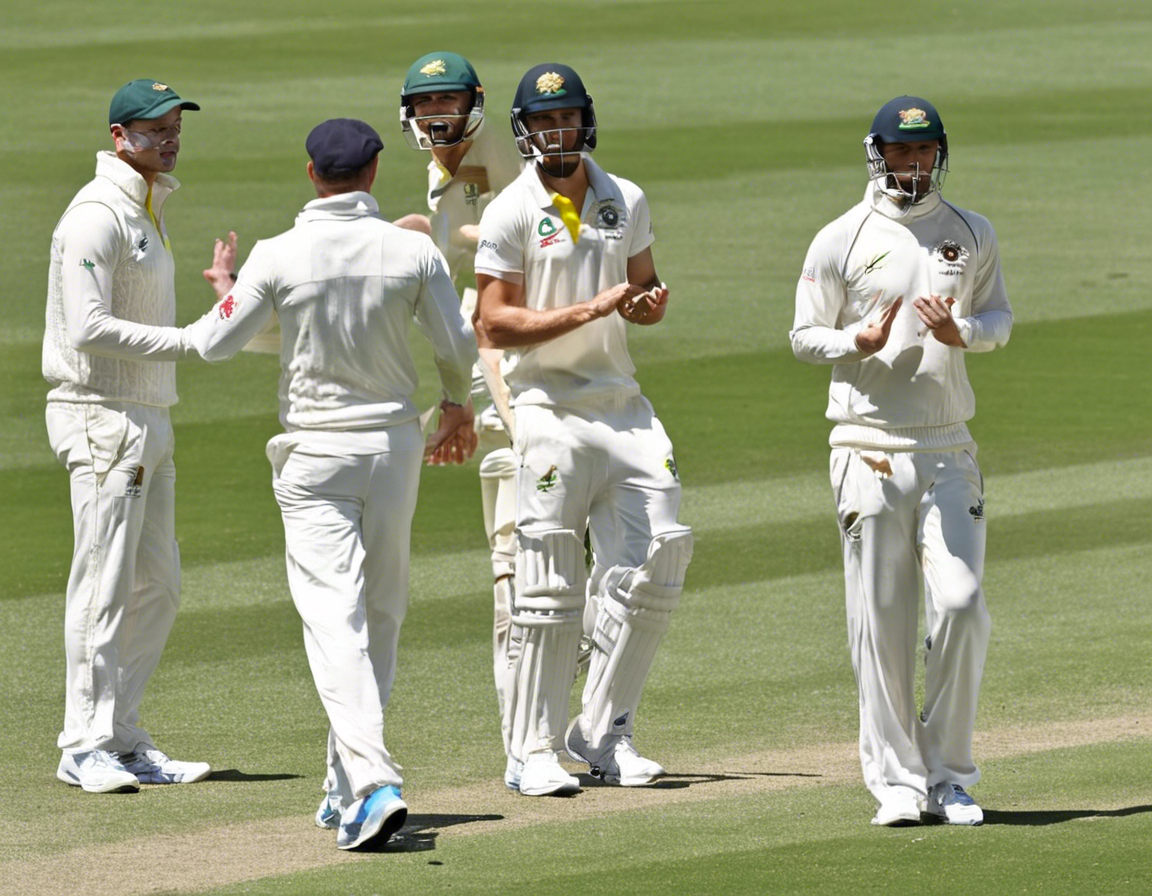Introduction
The Asian Games Cricket Points Table is an essential aspect of the tournament that provides a comprehensive overview of the performance of teams throughout the event. It showcases the number of matches played, wins, losses, draws, net run rate, and points accumulated by each team. Understanding the points table is crucial for teams, fans, and analysts as it determines the ranking and progression of teams in the tournament. In this guide, we will delve deep into the workings of the Asian Games Cricket Points Table, its significance, and how it influences the outcome of the tournament.
The Significance of the Points Table in Asian Games Cricket
In Asian Games cricket, the points table serves as a yardstick to measure the performance of each team in the competition. It helps in determining which teams qualify for the knockout stages based on their points accumulated in the group matches. The points table not only reflects the wins and losses but also considers the net run rate to rank teams in case of a tie on points.
Understanding the Format of the Points Table
The Asian Games Cricket Points Table typically includes the following columns:
- Team: Displays the name of each participating team.
- Played (P): Indicates the number of matches played by each team.
- Won (W): Represents the total number of matches won by the team.
- Lost (L): Reflects the total number of matches lost by the team.
- Points (Pts): Assigns points to each team based on the results of their matches. Generally, a team earns 2 points for a win, 1 point for a tie or no result, and 0 points for a loss.
- Net Run Rate (NRR): Calculates the net run rate of each team, which is the difference between the rate at which they score runs and the rate at which they concede runs.
Interpreting the Points Table
- Position in the Table: Teams are ranked based on the total points accumulated. The team with the highest number of points secures the top position.
- Net Run Rate: In case two or more teams have the same number of points, the net run rate becomes crucial in determining their ranking. A higher net run rate signifies better performance.
- Qualification for the Knockout Stage: The teams placed at the top of the points table usually qualify for the semifinals or finals, depending on the tournament format.
Factors Influencing the Points Table
Several factors can impact the Asian Games Cricket Points Table standings:
- Match Results: The outcomes of matches directly affect the points collected by teams.
- Net Run Rate: Teams strive to maintain a high net run rate to secure a better position in case of tied points.
- Head-to-Head Results: In some tournaments, head-to-head results between tied teams may take precedence over net run rate.
Strategies to Climb Up the Points Table
- Consistent Performance: Winning matches consistently is the most effective way to climb up the points table.
- Focus on Net Run Rate: Besides wins, teams should aim to win matches convincingly to improve their net run rate.
- Tactical Play: Teams can strategize to maximize their points by analyzing their opponents’ strengths and weaknesses.
Conclusion
In conclusion, the Asian Games Cricket Points Table is a pivotal element in the tournament, guiding teams towards securing a top position and progressing to the knockout stages. By understanding the nuances of the points table, teams can strategize effectively and aim for a strong finish in the competition.
Frequently Asked Questions (FAQs)
- Why is the net run rate important in the points table?
-
The net run rate serves as a tiebreaker when two or more teams have the same number of points. It reflects the team’s overall performance in a more detailed manner.
-
How are points awarded in Asian Games cricket?
-
Teams receive 2 points for a win, 1 point for a tie or no result, and 0 points for a loss.
-
Can a team with fewer wins but a higher net run rate top the points table?
-
Yes, a team with a higher net run rate can surpass a team with more wins in the points table if the wins were not substantial enough to offset the net run rate difference.
-
Is the points table updated in real-time during matches?
-
Yes, the points table is usually updated after each match to reflect the latest standings of all teams.
-
What happens if two teams have the same points and net run rate in the points table?
-
In such a scenario, the head-to-head result between the two tied teams is considered to break the tie.
-
How often does the points table change during the tournament?
-
The points table can change after every match depending on the results, impacting the rankings and qualification scenarios.
-
Do bonus points play a role in the Asian Games Cricket Points Table?
-
Bonus points are not commonly awarded in Asian Games cricket, so teams primarily rely on wins and net run rate to climb up the points table.
-
Can a team with many losses still qualify for the knockout stages based on the points table?
-
It is unlikely for a team with multiple losses to qualify for the knockout stages unless other teams perform equally poorly, emphasizing the importance of securing wins in the tournament.
-
What strategies can teams employ to improve their position in the points table?
-
Teams can focus on consistent performances, improving their net run rate, and adapting tactical play based on their opponents to enhance their chances of climbing up the points table.
-
Are there any instances where the points table had controversial outcomes in Asian Games cricket?
- While rare, there have been instances where tied points and net run rates led to debates over the qualification criteria, highlighting the significance of every match in the tournament.
This Ultimate Guide to the Asian Games Cricket Points Table aims to provide clarity on the importance, interpretation, and strategies related to the points table, offering a comprehensive understanding of its role in the tournament.



